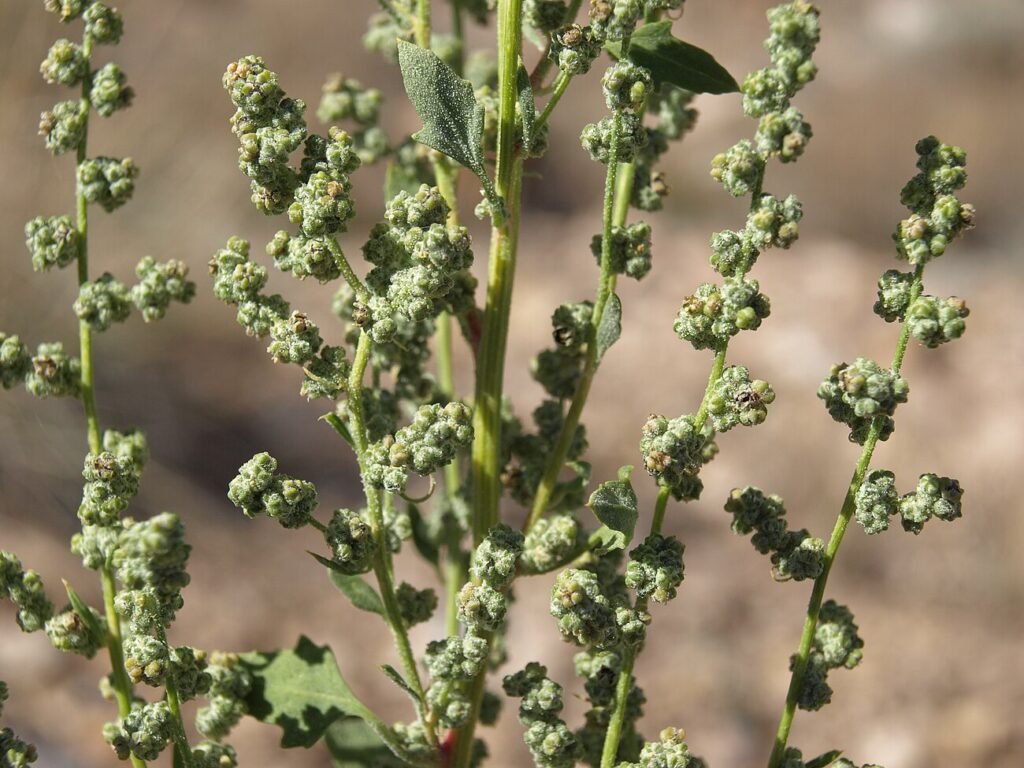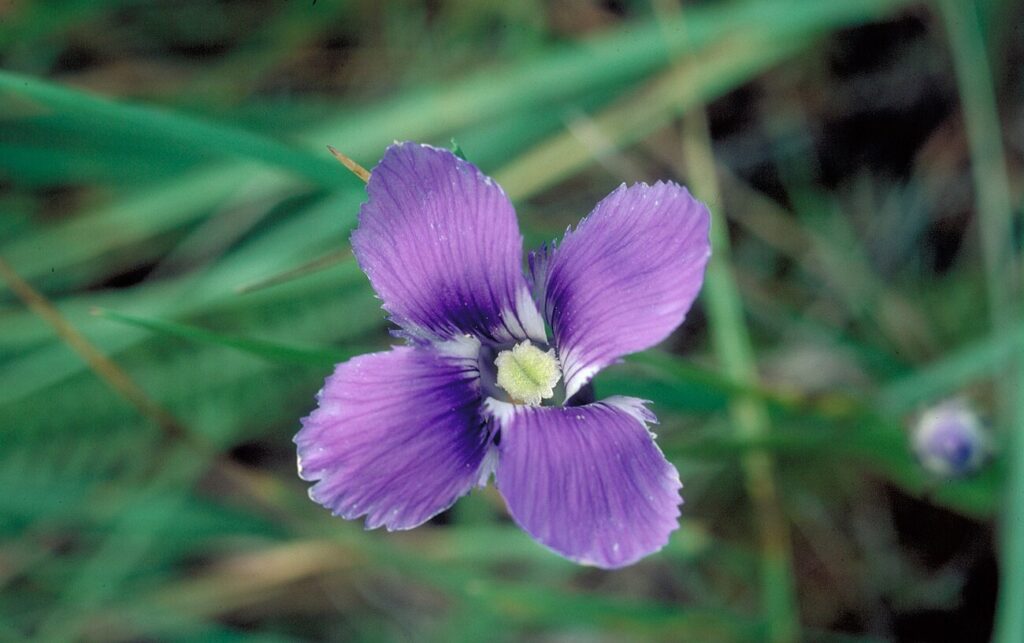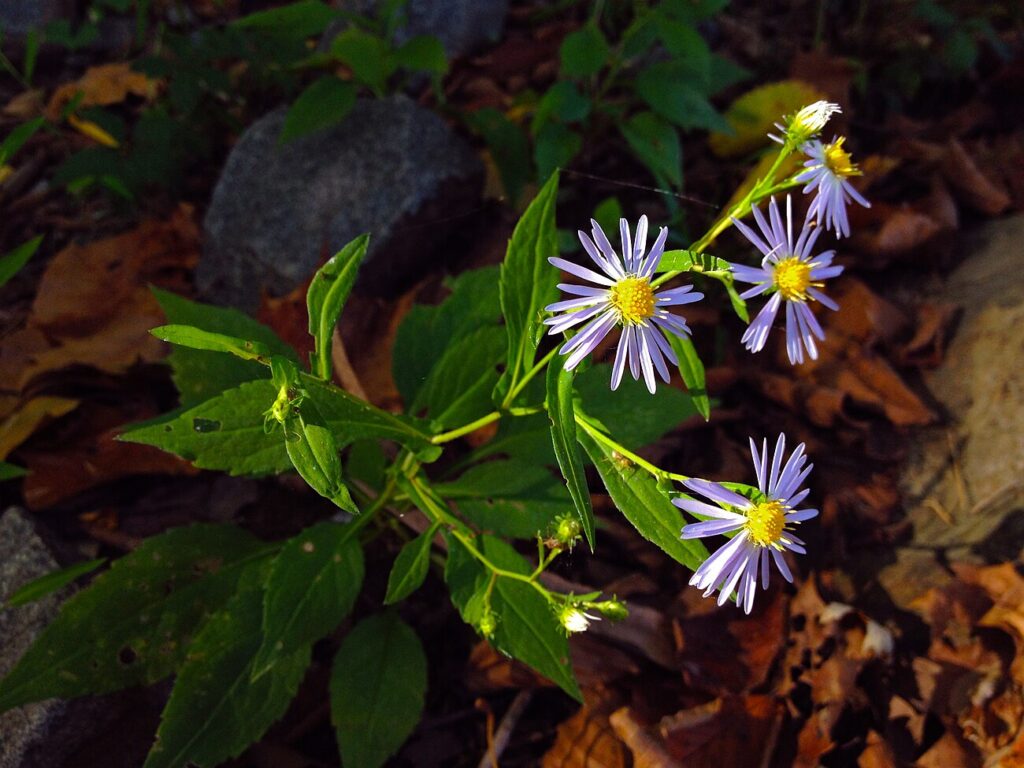Exploring Woodrush sedge
Scientifically recognized as Carex elongata and classified under Family Cyperaceae, stands out as a distinctive Herbaceous perennial known for its unique characteristics. While it may also be found under other Synonyms, Carex elongata var. elongata.withNone widely recognized form. You can use our free plant care app PlantPlants to identify Woodrush sedge.
Temperature
20 F to 90 F (-6 C to 32 C)
Watering
Moderate; prefers consistently moist conditions
Fertilizing
Balanced liquid fertilizer or compost
Sunlight
Partial shade to full sun
Toxicity
Generally non-toxic



Appearance and Growth Of Woodrush sedge
At maturity, this species reaches approximately 1-3 ft (30-90 cm) tall, presenting Long, slender, and linear leaves that are green and have a slightly glossy appearance along with Small, inconspicuous spikelets clustered at the top with a typical sedge inflorescence, followed by Achenes, which are small and glossy seeds encased in the flower structure. These features are supported by a reliable Fibrous root system, ensuring stability and sustained growth.
Woodrush sedge Origin and Habitat
Native to Native to various temperate regions, primarily in North America and parts of Europe, Woodrush sedge thrives in Wet meadows, marshes, and along the banks of streams at elevations around 0 to 3000 ft (0 to 900 m) above sea level. Best suited for USDA Hardiness Zone 4 to 8. Whether grown indoor, in a curated garden or a more natural setting, its ecological requirements help maintain its vigor over time.



How to take Care of Woodrush sedge
Light, Soil and Watering Woodrush sedge.
You can use our free plant identify app PlantPlants to chose the best spot for Woodrush sedge, This plant prefers Partial shade to full sun and flourishes in Moist, well-drained soils, including clay, loam, and sandy types with a soil pH of about 5.5 to 7.0.
Woodrush sedge needs watering,Moderate; prefers consistently moist conditions, guided by PlantPlants app, You can get plants daily watering schedule. to maintain Wet to moisture-retentive soils, ensure steady hydration. Applying water through Regular watering; keep the soil damp but not waterlogged supports even distribution and helps prevent overwatering or dryness.
Temperature and Humidity
Woodrush sedge performs best within 60 F to 80 F (15 C to 27 C). Its ideal growth occurs at around 70 F (21 C), though it tolerates ranges from 20 F to 90 F (-6 C to 32 C). Additionally, maintaining Moderate humidity, can tolerate higher levels encourages healthy foliage and overall plant vigor.
Fertilization & Soil Health
Feeding with Balanced liquid fertilizer or compost at the recommended Seasonal Application Frequency on PlantPlants App keeps nutrients balanced. Incorporating Organic matter such as compost enhances soil structure and fertility, while staying alert to Yellowing leaves and stunted growth helps you adjust care as needed to maintain optimal plant health.
Routine and Maintenance
Regular attention ensures this plant’s beauty and longevity. Early spring before new growth begins for Cut back old foliage to ground level tidies its appearance, while Every 2-3 years or when pot-bound may be necessary as it grows, requiring a Increase pot size by 1-2 inches in diameter increase and a fresh Well-draining potting mix with added organic material. for Staking or Support. Not typically required.
Seasonal Changes and Propagation of Woodrush sedge
During Winter dormancy, growth may slow and some Foliage remains green through winter, may discolor in extreme cold can occur. For those looking to propagate, consider Division of clumps or seed propagation and provide Seeds require cold stratification for optimal germination when starting from seed. If using cuttings, follow Take 4-6 inch cuttings in early spring and plant in moist media to ensure successful rooting and healthy new plants.
Pests, Diseases and Prevention
our free plant identify and care app PlantPlants can help you diagnosisWoodrush sedge problems.Though generally robust, keep watch for Aphids, mealybugs and remain vigilant against Root rot, leaf spot. Implementing Ensure good air circulation and avoid overwatering and applying Insecticidal soap for pests; improve drainage for diseases when issues arise will help sustain the plant thriving.
Companions and Uses of Woodrush sedge
This plant pairs nicely with Other moisture-loving plants like ferns and rushes and shows None documented, making it a flexible choice for various Ideal for wetland gardens, rain gardens, or as ground cover in shaded areas.
Edible and Cultural Aspects
the Edible Parts: Young shoots and seeds. Toxicty of Woodrush sedge, Generally non-toxic. learning about its Late spring for shoots, late summer for seeds, Can be used in salads or as a grain substitute, and Seeds are a source of carbohydrates and proteins can be intriguing for culinary explorers. Some traditions highlight its Traditionally used by Indigenous peoples for various medicinal purposes or note its Important for habitats and wildlife, often used in ecological restoration.
Conservation and Status
With an Not evaluated, proper Preserving wetland habitats, controlling invasive species
Frequently Asked Questions
1. What is woodrush sedge?
It is a herbaceous perennial plant from the Cyperaceae family known for its slender leaves.
2. How do I care for woodrush sedge?
Provide moderately moist soil, partial shade, and regular fertilization during the growing season.
3. Is woodrush sedge invasive?
No, it is not considered invasive; it is native to various regions.
4. Can I grow woodrush sedge in my garden?
Yes, it thrives in wetland or moisture-retentive areas of the garden.
5. How do I propagate woodrush sedge?
You can propagate it through division or seeds after cold stratification.
6. Does woodrush sedge attract wildlife?
Yes, it provides habitat for various wildlife species, including birds and insects.
7. What are the common pests for woodrush sedge?
Common pests include aphids and mealybugs.
8. Does woodrush sedge have any special uses?
It can be used in ecological restoration and provides aesthetic appeal in moist gardens.
9. Is woodrush sedge toxic?
No, it is generally considered non-toxic to both humans and animals.
10. When should I prune woodrush sedge?
Prune in early spring before new growth starts.



